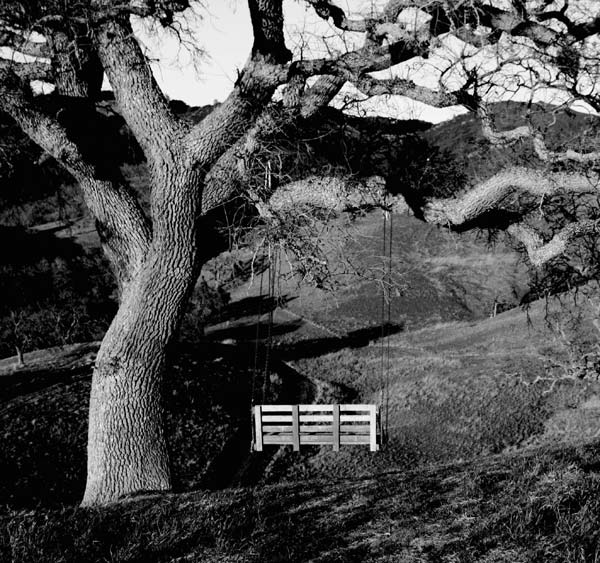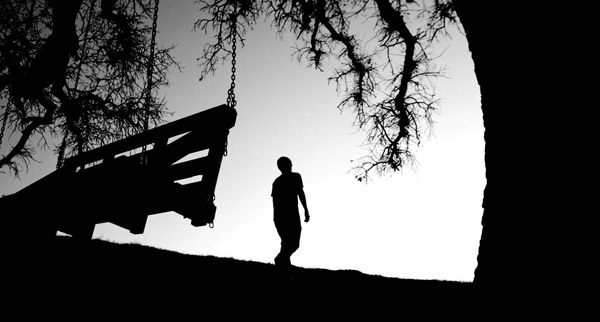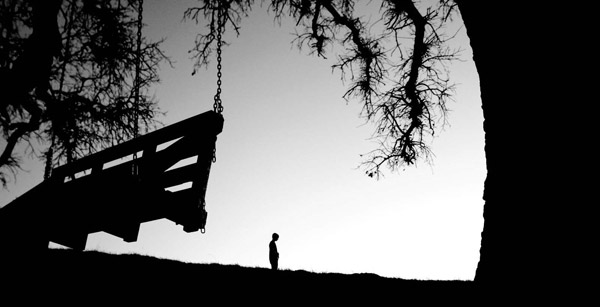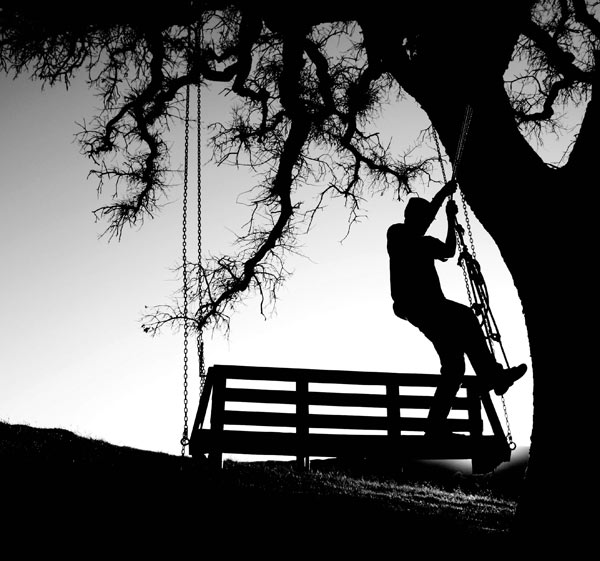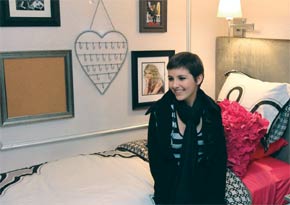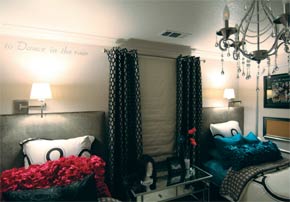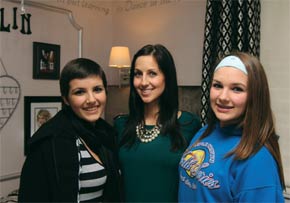 My curiosity about the Oakland Zoo was sparked after reading the novel FREEIN’PANCHO by New England author Lloyd Prentice, telling a story of a boy growing up in the Oakland Hills in the 1950s. The crux of the story occurs in the pristine Oakland hills with a boy shortcutting to school through the Oakland Zoo when Skyline Boulevard was lined with shady groves and stables. I read the book presuming the Mr. Snow character to be fictional—but he was not—the Snow family founded the Oakland Zoo. Prentice, in his youth, had himself lived in the hills, had cut through the zoological gardens to school and placed his fictional cougar ‘Pancho’ in the storied zoo. While visiting his old East Bay stomping grounds, he attempted to meet Barbara Clark whose family founded the Oakland Zoo, ninety years ago.
My curiosity about the Oakland Zoo was sparked after reading the novel FREEIN’PANCHO by New England author Lloyd Prentice, telling a story of a boy growing up in the Oakland Hills in the 1950s. The crux of the story occurs in the pristine Oakland hills with a boy shortcutting to school through the Oakland Zoo when Skyline Boulevard was lined with shady groves and stables. I read the book presuming the Mr. Snow character to be fictional—but he was not—the Snow family founded the Oakland Zoo. Prentice, in his youth, had himself lived in the hills, had cut through the zoological gardens to school and placed his fictional cougar ‘Pancho’ in the storied zoo. While visiting his old East Bay stomping grounds, he attempted to meet Barbara Clark whose family founded the Oakland Zoo, ninety years ago.
The zoo’s founding fascinated me, and on a rainy morning I met Mrs. Clark for a delightful interview. She recounted how the zoo actually came about, and that their family home was on the zoo grounds where she lived during childhood.
“We lived in a Victorian house right in the zoo, the house is still there, and we heard the animals at night. There were groupings of cages; lions and bears were across the way, and cages for small animals like monkeys, and the aviary was on the hill; he even had eagles. I remember Simba, the lion…” 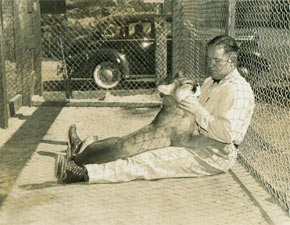
Barbara Clark’s grandfather Henry A. Snow founded the Oakland Zoo in 1922, and her father Sidney Snow brought it to fruition at its present location. Sid Snow was a well-known St. Mary’s football player and catcher for the Oaks Baseball team. By the time the East Bay Botanical and Zoological Society (EBZS) emerged, Sid Snow already had a following of dedicated people to help him realize his family’s dream; to provide Oakland with a small zoo with live animals. The community donated lumber, paint and supplies to build a new home for the zoo animals.
Sidney Snow and his father H.A. Snow were big game hunters, and in the early 1920s went on a two-year safari to Africa to capture live animals for the zoo. H.A. Snow, Sidney, wife Virginia and daughter, Sidnia, went to the Arctic in 1924, where they secured a polar bear for the fledging zoo. They ventured onto ice fields with local hunters, lassoed a male polar bear, loaded him onto small boats and then to a ship’s hold and sailed the massive bear to the Oakland harbor. The family was devastated when the polar bear, ‘Wrangle,’ sadly died in its specially-built new home.
THE WHO’S WHO OF THE FIRST ZOO
The first zoo location was on Senor Don Peralta’s Rancho San Antonio, and later purchased by Ellis. A. Haines in 1857. In 1888 the land passed to Frederick C. Talbot, owner of Pope and Talbot Lumber Company, where he built a mansion and ran a cattle ranch. His schooners transported lumber, exotic woods and trees from all over the world in the ships’ holds. Talbot’s large mansion, on land that was later the zoo, burned to the ground in 1921. In 1932, under ownership of Norman De Veaux, Sidney Snow’s friend, the Bank of America negotiated that the property be held for public use as a natural history park by the City of Oakland. The City rejected the offer.
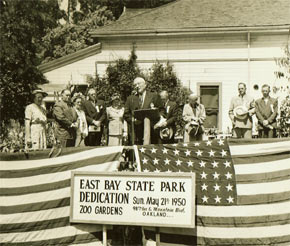
In 1935 Mr. Snow took possession of the 475-acre parcel and started building the zoo; two years later founding the Alameda County Zoological Society. Sidney Snow formed a Board of Directors and paid the mortgage and taxes out of operating revenues. The City of Oakland voted a budget of $4,800 per year in 1939 for the care and feeding of the animals.
Through Sid Snow’s tireless negotiation, the State of California State Park Commission, under the Joseph R. Knowland chairmanship, acquired the East Bay Botanical and Zoological Society. The Society, City and State approved the master plan, and in 1958 water lines, grading and fencing got under way, including an elephant house for the harmonica-playing Asian pachyderm, Miss Effie Oakland.
“My father picked up Effie at the Oakland docks and spent two nights with her to get her accustomed to the new place. When I walked my daughter Linda in the stroller from our house, Effie recognized us and pushed her buggy. My father had Rosie, a chimpanzee, and wanted to raise the two together. We took the donkey and cougar to Oakland parades. My father built a stand and the cougar rode the donkey; the platform had to be out of nipping range of the donkey’s ears! People loved them.”
The zoo, at 98th Avenue and Mountain Boulevard, grew to an arboretum and exotic zoological gardens with annual membership fees of $1.00 per year for juniors, $2.50 for individuals, and $5.00 for sustaining members. The East Bay State Park was dedicated on May 21st, 1950.
“We had Blanca, a Cappuccine monkey, Kiki, a de-skunked skunk, and a cougar and her cubs. In the early days I helped my mother collect the money at the gate—ten cents per person and 25 cents a car,” Mrs. Clark remembers.
Barbara Clark showed me framed movie posters on the wall, explaining that her father and grandfather loved animals so much that they produced two feature length films in Hollywood; “Cougar,” featuring Jay Bruce that premiered at the Capitol on November 3, 1930, and “Hunting Big Game in the Arctic with Gun and Camera,” a dashing adventure photographing animals in their frozen wild habitats.
We spoke about our own safari experiences in Africa and the thrill of being among wild creatures in their natural milieu. “I was on safari with my husband in the 80s, and a rhino approached our vehicle. The rhino looked me right in the eyes—just a few feet away,” Barbara shuddered.
YOU TOO CAN SNOOZE AT THE ZOO
The 565-acre non-profit Oakland Zoo offers many outreach programs; visiting ZooMobiles, Summer Zoo Camps, and exciting adventures for adults and children who want to spend a night on the wild side among 660 native and exotic animals. For $45 to $60 per person mini-groups of 15 can have sleep-overs in the Education Centre, snuggle close to the action and explore the zoo at night. Visitors are also invited to ‘Feast with the Beasts’ by bringing grapes, melons and apples for the herbivores, and see big cats eating dinner. Memberships range from $66 to $99 annual dues and receive discounted admission and the newsletter ROAR!
One of my favorite attractions is the meerkat dome; the territorial Southern African insectivores, named ‘lake cats’ in Afrikaans. In the wild, they live in clans of 20 or more—super colonies have as many as 50 members. The under two-pound hierarchal creatures live in veldt burrows, and while foraging elect a single guard sentry to keep watch with binocular peripheral vision. The endearing meerkats may evict non-members from the colony and loudly alert approaching predators, earning the Bushmen’s ‘Sun Angels’ moniker.
The Oakland Zoo is microcosmic of global wild habitat dwellings, offering regular excitement to both zoo keepers and visitors. In January, an 80-lb, six-foot baby girl reticulated giraffe named ‘Maggie’ was born to proud parents; father Mabusu and mother Twiga. This May, three baby river otters will make their zoo debut by venturing out of their night house after learning to swim.
The Oakland Zoo, under Executive Director Dr. Joel Parrott, is dedicated to the protection of all animals, as evidenced by the mercy adoption of the surviving tiger of the Ohio tragedy, and recently by transporting four sister tigers from Brownsville, Texas whose owners could no longer care for them. It is estimated that only 3,000 to 4,000 tigers live in Asian natural habitats, and double that amount as captive pets. With a generous FEDEX partnership, the quartette of tigresses was transported from Texas to Oakland Airport; crates were forklifted and trucked, two at a time, to their new zoo home. To keep the female wild cats calm en route, Calvin Klein’s Obsession, the tigresses’ favorite fragrance, was sprayed in the hold.
The four fabled fragrant felines were ready for their close-ups upon arrival at their new forever home—the legendary Oakland Zoo.
Visit: www.oaklandzoo.org, reservations: 510.632.9525, 9777, Golf Links Road, Oakland.
